
500 miles east of Havana, 22 hours by bus, yup, Baracoa, Cuba is remote!
By Beth Reiber
We arrived at the tiny Baracoa airport in Cuba without knowing where we would stay.

But the young man who hustled us into the back seat of his bici taxi sure did, pedaling us straight to a casa particular on the edge of town.
Rural and Laidback
Along the way, we passed dusty streets lined with one- and two-storied brightly colored clapboard homes, a sprinkling of shops and small restaurants. Compared to the hustle of Havana, Baracoa seemed rural and laidback.
There was very little traffic unless you counted the pedestrians, bicycles, bici taxis, horse- and mule-drawn carriages and large trucks loaded with passengers standing in the open backs.
Only occasionally were there cars or taxis, making it a peaceful place to explore on foot.
Baracoa is Remote and Isolated
You don’t just stumble upon Baracoa on travels through Cuba. That’s because Baracoa lies on the island’s easternmost tip, more than 500 miles from Havana.
Heck, even Miami is closer to the capital.
The Viazul tourist bus, which is how most visitors get around Cuba, takes almost 22 hours from Havana to Baracoa and requires a transfer in Santiago de Cuba for the once-a-day onward passage to Baracoa.
Three Flights per Week
My travel companion and I, therefore, opted to fly. Even then, there are only three flights a week. As I said, you have to really want to get to Baracoa to actually get there.
Of course, that’s part of the appeal. Despite its status as Cuba’s first and oldest colonial town, founded in the early 1500s by Diego Velasquez, Baracoa for most of its existence has drifted into obscurity.
Surrounded by Forested Mountains
Surrounded by densely forested mountains on one side and a bay on the other, the settlement was so remote that for centuries the only way to get there was by boat. Only in the early 1960s did the construction of a road link it to the outside world.
For that reason, Baracoa has long marched to its own drummer. One guidebook even went so far as to call it Cuba’s Shangri-la. While that’s a huge stretch, we were so taken with the easy-going rhythm of the place that we ended up staying three nights instead of two.
With more native Indian blood (Tiano) mixed in the general population than elsewhere, it’s distinctively different from the rest of Cuba.
The three main products of the area are coffee, coconuts, and cacao, some of which make their way into Baracoa’s unique cuisine. Otherwise, it’s the small town itself that’s Baracoa’s main charm, with nearby rivers and beaches beckoning, completely devoid of tourist resorts.
Life around our Casa Particular
Because there are no resorts in Baracoa (not yet) and only a handful of hotels, most visitors stay in a casa particular (a private home that rents out rooms). Similar to the other casas particulares we stayed in during our 17-day trip through Cuba, we had to walk through the owner’s home to reach our room, located on the second floor up a flight of courtyard stairs.
Our room was clean if rather Spartan, with its own bathroom and window air conditioner. Because of Cuba’s hot and humid summers, most rented rooms are air-conditioned, but it’s worth mentioning that almost everyone else on the island lives without it. Our room cost $25 a night, including breakfast.
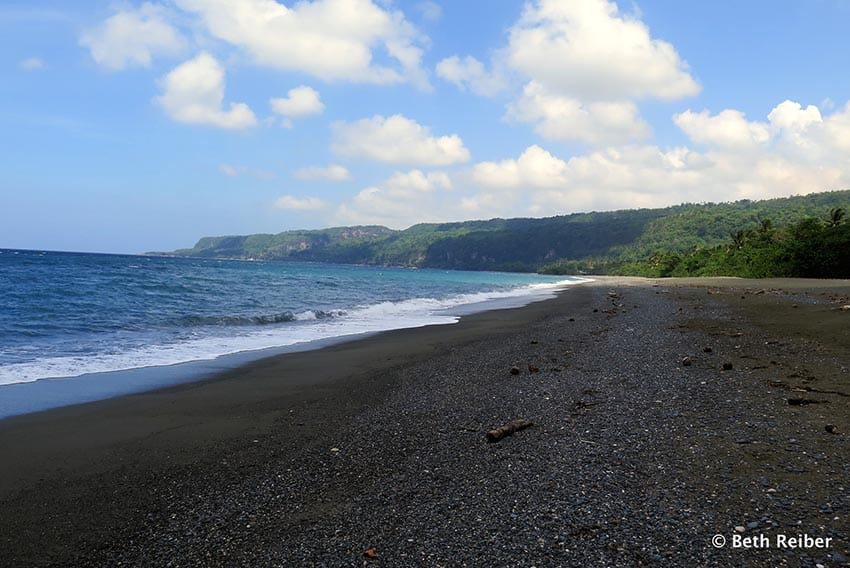
As a curious traveler who would rather watch people go about their daily lives than watch television, I learned a lot from our stay in a private home. I couldn’t tell whether Willie, owner of our casa particular, worked, as he seemed to be always coming and going, while his pregnant wife spent most of her time in front of the TV or napping.
The busiest person was the woman who worked for them, who washed clothes by hand in the open courtyard, mopped floors, and cooked the meals. She brought us our breakfast each morning, which we ate on the second-floor terrace.

On the night we ordered dinner in, she made one of the best meals we had in Cuba, a local dish of river shrimp (which look like small lobsters) served with a sauce made of coconut milk, tomato sauce, garlic, and local spices, plus an array of vegetables.
A Ringside Seat on the Roof
But it was our building’s rooftop that offered a ringside seat to life in the village. On the street below were children in school uniform, horse-drawn carts selling pineapples, bananas, and other fruit, and housewives returning from shopping.
Barefoot boys also played soccer in the street, while across the road a courtyard served as a makeshift gym, attracting buff boys and men with its chin-up bar, home-made parallel bars, and weights.
Next door, a young teenager fussed over the pigeons he kept in cages on his roof, occasionally letting them out to fly around and always return. On another rooftop, men were busy constructing a small addition. A new casa particular, perhaps?
Although the hope of normal relations between Cuba and the United States—and with them, a deluge of US tourists—has dimmed since Obama’s 2016 presidential visit, it seems pretty much everyone in Cuba is trying to figure out how to jump on the tourist bandwagon.
Enterprising Locals
During our travels, we encountered people who wanted to sell us cigars, draw our likenesses, recite a poem, play a song, sell us a hat or entice us into their restaurant.
In Trinidad, as we were walking through a neighborhood off the beaten path, a woman emerged from a dilapidated house and asked whether we might like to go into business with her, turning her home into a restaurant or casa particular.
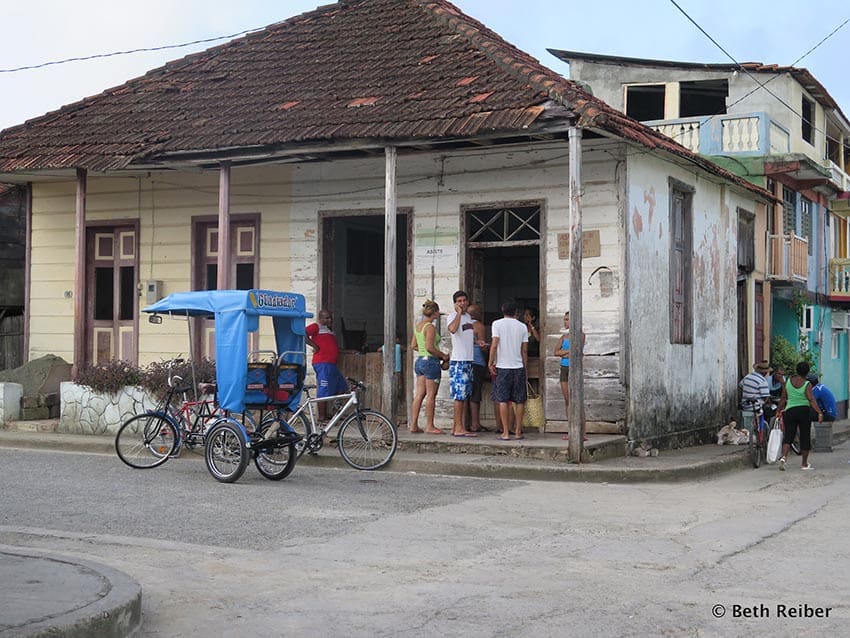
Frankly, I couldn’t blame her for trying. If I were Cuban, I’d be trying to leap on the bandwagon, too.
Because of an acute lack of supplies and materials, Cubans are resourceful by upbringing if not by nature. Everyone has heard about the old American classic cars that have been lovingly restored.
A Bucanero Beer Can
But I had never contemplated the utility of an empty Bucanero beer can.
When our shower wouldn’t turn on because the knob had stripped threads, Willie cut thin strips from a beer can and twisted them around the bare threads to create friction.
From a beer can you can fashion a fake camera to sell to tourists, complete with a lever that, when pulled, ejects a clown face from the “lens.” From a can’s pull tabs you can create a purse or bag. In Santiago de Cuba, I bought a necklace and ring, dyed purple, and made from cow bone.
In Baracoa there were only a handful of street vendors, selling CDs of Cuban music and also spoons and other carvings made from local wood.
Experiencing Baracoa
There isn’t a lot to do in Baracoa, which was fine by me. My favorite hangout was the tree-shaded Plaza Independencia, where we could watch the passing stream of children chatting, old people shuffling, teenagers strutting, men on the make and friends greeting each other (a face kiss for women, a handshake or fist bump for men).
In the evenings, people gathered on the plaza and streets, eating sweets and drinking, while music wafted from Casa de la Trova and other nearby bars and music halls.

Facing Plaza Independencia is the Catedral de Nuestra Señora de la Asunción, which contains Baracoa’s most famous relic, the only surviving of 29 crosses erected by Christopher Columbus, who landed here in 1492. On a hill, past the Spanish fort-turned-Hotel El Castillo, is a tiny archeological museum with pre-Columbian artifacts of the local Taíno Indian tribe and great views over the town.
The Casa del Cacao sells chocolate and has displays relating to the cacao and the chocolate industry, but to learn more—and to see something of the countryside—we signed up for a day tour from one of several tour agencies in town.
Our first stop was to a woman’s home to see her cottage industry, where she harvested, fermented, dried and roasted cacao beans before grinding them, adding sugar and ingredients like cinnamon or honey and then hardening the mixture in a mold.

Next, we boarded rowboats for a short ride up the Yumuri Rio, followed by a stop at a deserted beach for a swim and lunch.
But probably the most lasting impression was of the primitive living conditions of homes we passed along the way, with wooden houses topped by thatch or tin, clothes laid on bushes to dry, goats tethered out front, and mules serving as the beasts of burden.
I’ve never seen so many people on foot and on horseback.
Maguana Beach
The next day, Sunday, we hired a taxi to take us to what is probably Baracoa’s best attraction, Maguana Beach, about 12 miles from town.
In Havana, we had skipped the highly touted tour in a shiny Chevy convertible, which at $35 an hour is probably the most expensive form of transportation in Cuba.
Turned out, our taxi for the day was an orange ’52 Chevy and cost $16 for the whole day.
But first, of course, the driver asked whether we could pick up his sister, deliver his sister’s daughter to the grandmother and then pick up his sister’s boyfriend, after which we all headed out of town to the Duaba River, where we dropped off the sister and boyfriend to prepare for a party, to which we were also invited to attend later in the day.
The journey onward was one of the bumpiest, most bone-rattling rides I’ve ever been on, and though I was sure we would blow a tire or ruin the axle, we finally made it to Maguana Beach, where we were instantly set up by locals, who rented us chairs ($2 apiece) placed on white sand under big-leafed trees forming canopies of shade.

They also brought us lunch (river shrimp for $12 for both of us), which they served on a table with two chairs brought right down to the beach. There were hardly any other tourists there.
Maguana Beach alone would have been a highlight, but then we asked our taxi driver to take us to his sister’s party, stopping first at a roadside restaurant to pick up some beer and rum.
There were about 20 friends and family on their chosen spot beside the river, from children to the mother or grandmother of most of them, with a big pot of stew cooking over a fire and music blaring from a speaker.
For hours we danced, and I have to say, it doesn’t get any more sensual than the dancing I saw there, all with an infectious joy and abandonment that clearly proves you don’t have to spend much to have that perfect day.
It occurred to me that with its beaches and easy-going ambiance, Baracoa would be crowded with backpackers if it were in, say, Southeast Asia or Latin America.
But then I found out that Baracoa actually is overrun during the tourist season (November to March and in July around the Santiago de Cuba Carnival), which made us glad we were there in May.
A person at the local tourist agency said there were about 200 casas particulares in Baracoa, with more being built every day.
It’s only a matter of time before Americans join the Canadians, Europeans, and other world travelers who make their way to Baracoa (almost everyone we met said they wanted to experience Cuba before it opened to US visitors).
But even cars, now hardly on the radar, will change absolutely everything.
 Beth Reiber’s career as a full-time freelance travel writer has spanned more than three decades and taken her to about 45 countries, including years living in Germany and Japan. She is the author of nine guidebooks, including her newest, Frommer’s EasyGuide to Tokyo, Kyoto, and Western Honshu. Visit her website to see her work.
Beth Reiber’s career as a full-time freelance travel writer has spanned more than three decades and taken her to about 45 countries, including years living in Germany and Japan. She is the author of nine guidebooks, including her newest, Frommer’s EasyGuide to Tokyo, Kyoto, and Western Honshu. Visit her website to see her work.
- Shinshoji Zen Museum and Gardens - April 26, 2024
- The Land of Lorca in Granada, Spain - August 24, 2023
- Colombia’s Fantastic and Wild Amazon - January 14, 2023


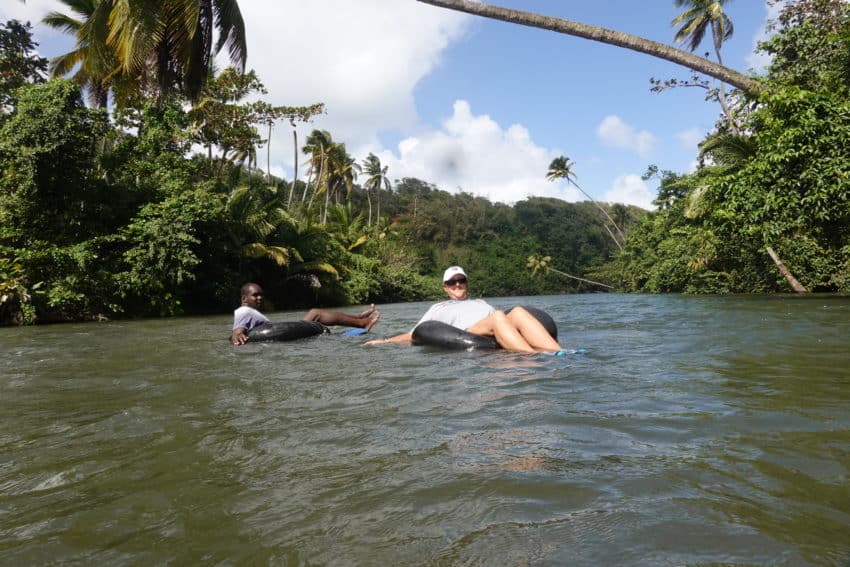
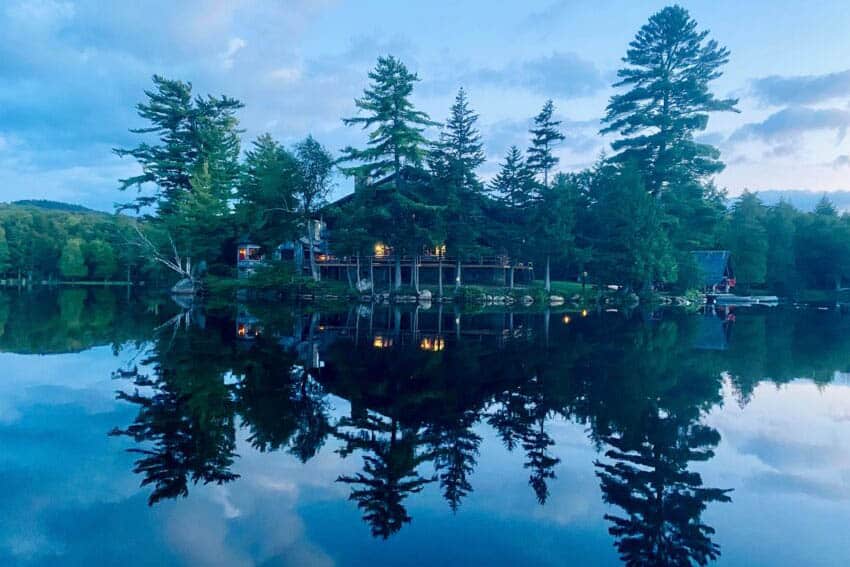
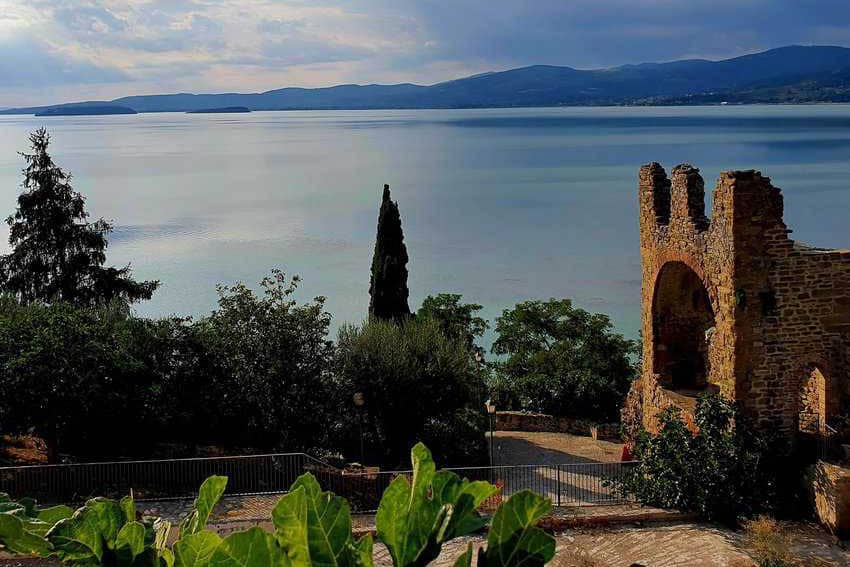

Personally, I tire of this attitude of wanting to visit before American visitors. I have a home in Baracoa with my partner and yes I agree Americans can be annoying but my god I have seen my share of annoying Canadians and Europeans too!
You’re right Maria, no one nationality has a lock on obnoxious visitors! thanks for sharing your opinions.